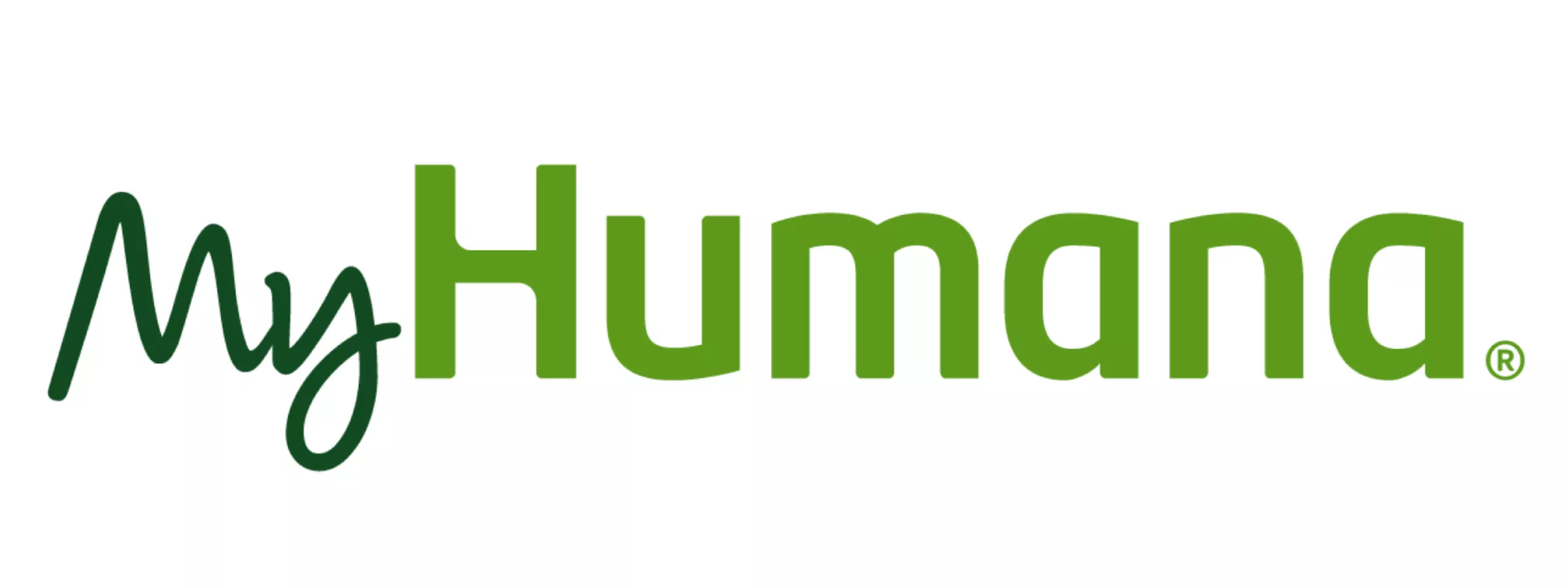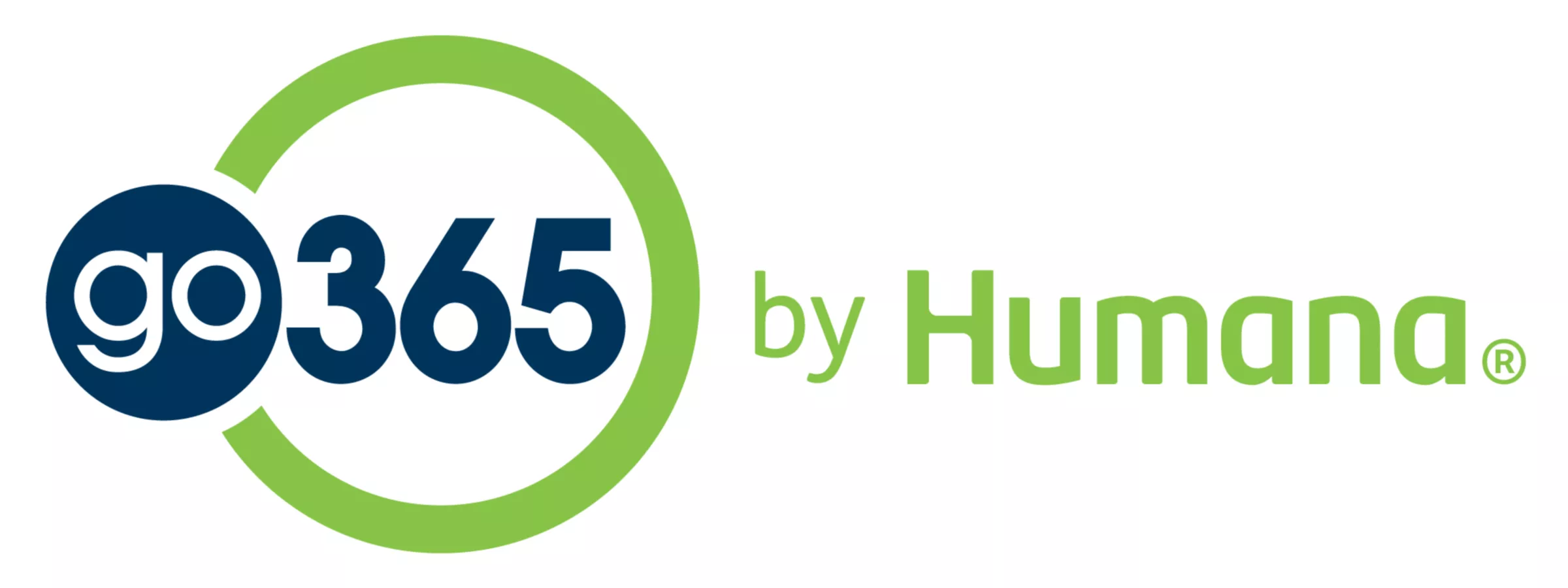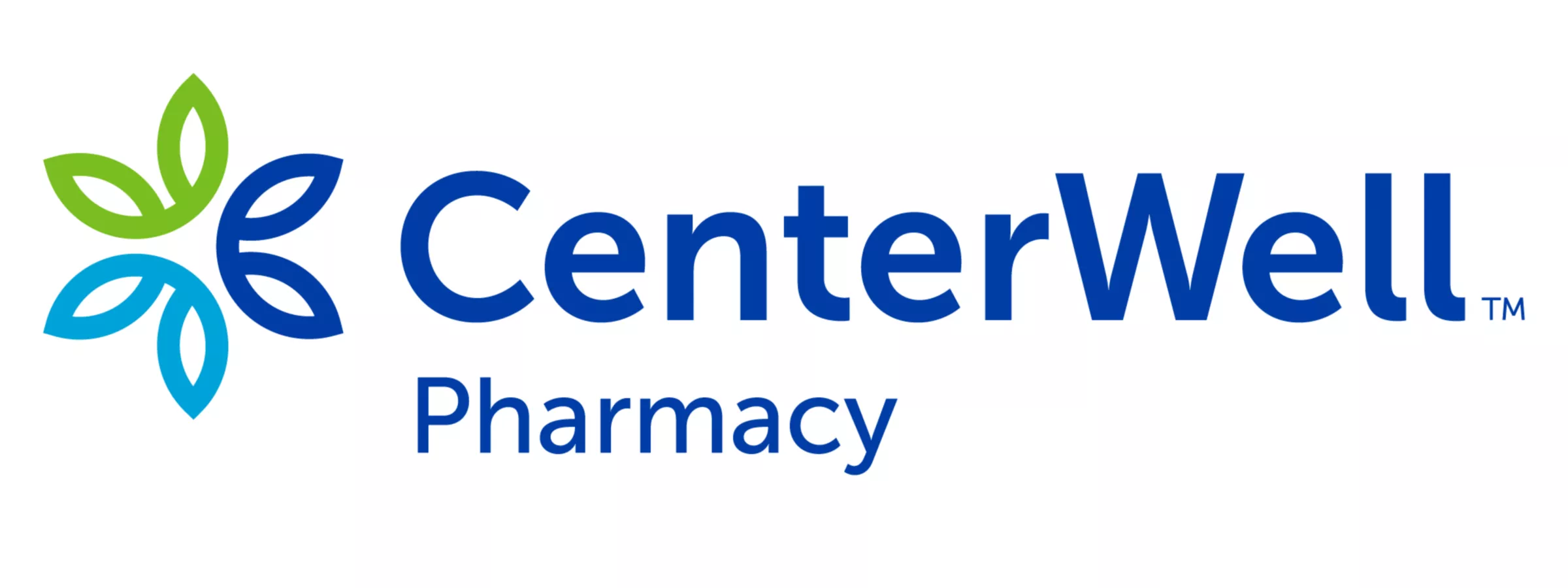Easing the financial burden of prescription medications is one of the biggest changes to Medicare Part D: a $2,000 cap on out-of-pocket prescription drug costs is now in effect. Lowering maximum out-of-pocket drug costs for seniors from more than $7,000 in 2023 to $2,000 in 2025 will help an estimated 53 million people1 enrolled in Medicare Part D plans save money on covered medications this year. If a retiree spent more than $2,000 in a previous year on prescription medications—or expects to this year—he or she may benefit from this new spending cap.
Here’s how the cap works. A retired Group Medicare Advantage member takes a costly diabetes drug. He typically reaches the $2,000 limit in the first two months of the new year. Once he does, he won’t have to pay anything out-of-pocket for the remainder of the year.
In fact, the American Association of Retired Persons (AARP) reports that Part D enrollees who hit the $2,000 cap will save an average of $1,500 in 2025, and some will see savings of $3,000 or more.2 “[T]his new out-of-pocket spending cap will provide critical savings, allowing people to redirect money toward their families, broader health needs, or financial stability,” Nancy LeaMond, AARP executive vice president and chief advocacy and engagement officer, said in a statement.2



